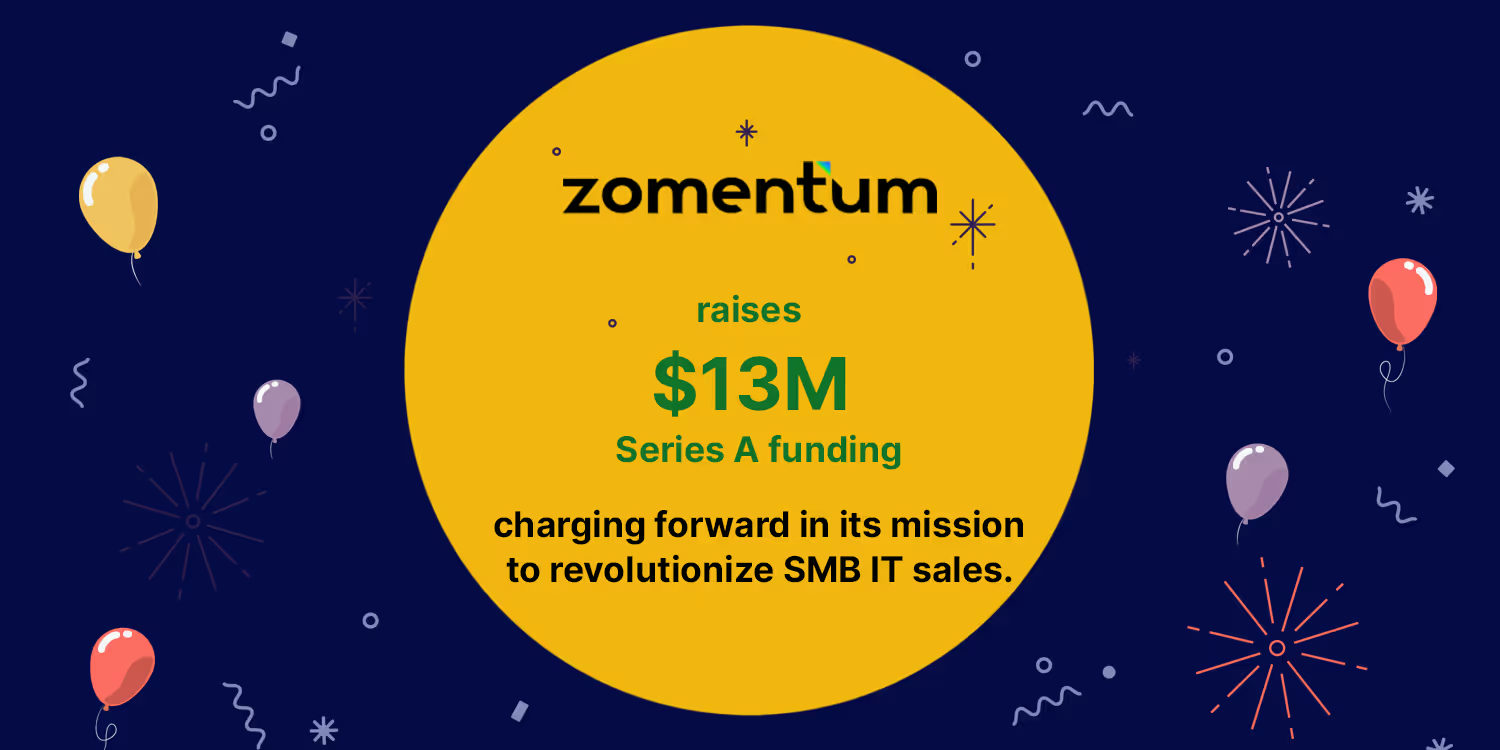What Is A Request For Proposal And How To Choose The Best Proposal To Respond To The Same

In an ideal world, responding to a Request for Proposal (RFP) is a breeze – the prospect knows you; you send out a proposal that highlights your services, pricing, and timelines – and you win the deal.
But what about the not-so-fairy-tale times?
You spend days or weeks, pulling all-nighters to meet tight deadlines and prepare a well-thought-out RFP response; and yet, winning the deal is not guaranteed, and the wait can be frustrating.
What is a Request for Proposal (RFP)?
A company or a business sends out a request for proposal or RFP when looking for a vendor or service provider to work with. This request for proposal template specifies the scope and budget of a project and calls potential vendors to present a proposal and bid for the work. The company then compares multiple proposals and determines the best fit.
The Request for Proposal template helps businesses discover the strengths and weaknesses of potential vendors with regards to their project requirements, without wasting too much time on researching them.
Request for Proposal templates also give companies the advantage of understanding different strategies for the success of their project, since each vendor will present their own unique plan-of-action in their bids.
RFP is more than an RFQ
An RFQ, or request for quotation, is different from a request for proposal. With RFQ, companies ask multiple price quotes from several vendors to choose based on price alone. RFQ does not detail any specifications of the deliverables, other than pricing.
However, with a Request for Proposal template, along with the quote, companies request for detailed information like the strategy, timeline for completing tasks, schedule of the deliverables, the list of services, and more.
In most cases, comparing based on pricing alone does not exhibit the potential vendor’s capabilities to take on a project, which is why a Request for Proposal template works better.
What does a Request for Proposal template look like?
Here is a list of typical components in a Request for Proposal template that can be used as the initial structure to create new RPFs. However, RFPs are not of the one-size-fits-all kind; companies always tailor their Request for Proposal templates to best articulate their needs.
· Information about the company, product or service that the company offers
· Outline of the required project and goals.
· Specific details of the scope of services expected to accomplish from the project
· Anticipated selection schedule of vendors to know if they can meet the deadlines
· Time and place for submitting the proposals
· Timeline of the project
· Elements expected in a vendor’s the proposal
· Evaluation criteria
· Possible roadblocks
· Budget
What’s included in an RFP response?
Most RFP processes are similar, although the level of complexity might vary depending on the industry and organization. RFP responses or proposals will typically include the scope of work, price, and details that address specific requirements stated in the Request for Proposal template. The issuing company scores each RFP response and chooses a vendor or service provider to work with.
Broadly, the RFP response should include:
· The proposed plan
· Timeline and deliverables
· Pricing
· Previous work pertinent to the industry
· Answers to specific questions
How to draft a winning RFP response
Responding well to RFPs is a company’s chance to persuade a buyer to choose them over the competition. Other than presenting the actual bid or proposal, there are two important points to keep in mind while responding to RFPs.
1. Understanding the RFP
The first step to closing a deal is about getting an in-depth understanding of the project. A great RFP response focuses on the most significant areas of a proposal: competitive strengths and the buyer’s selection criteria. Not understanding the RFP results in presenting incomplete bids that put many bidding companies out of contention.
2. Adhering to instructions
Compliance to the buyer’s specifications is key to winning a bid. Many bidding companies, even after acing the evaluation, lose out if their proposal is marked as non-compliant. Clients may indicate instructions on submission of proposals, (e.g., proposals to be delivered by post to their office), deadlines, or formatting guidelines. It is important to adhere to such instructions to win the deal.
How to choose the best proposal to respond to RFPs
A sales proposal ultimately addresses the business problems of a prospect, with an outline of the company’s approach and solutions to fix them. When pursuing a lead, a rationally planned and well-written sales proposal is the best tool at hand to win new business.
Regardless of what is being sold, there are a few important fundamentals that make a sales proposal, the winner. Though each sales proposal varies based on the exclusivity of the client and their needs, here are some proven best practices that make up a sales proposal:
Cover letter
Perhaps, this is most significant, because the cover letter gets the prospect’s attention to read the actual proposal. A personalized cover letter creates important emotional bonds between the buyer and seller.
Executive summary
The executive summary more concisely describes the seller’s strategy to implement solutions. This segment typically comprises specifics about the timeline and allocation of resources.
Scope of work
This section details the scope of work with the precise plan of action, to evade possible miscommunication or subjective understanding.
Pricing
This section details the seller’s financial costs and payment terms. Interactive pricing tables can be used to help prospects edit or select product or service quantities they need.
Social proof
This part of the proposal can be used to factually exhibit the seller’s strengths and capabilities using case studies, testimonials, or reviews.
e-signature options
As the name suggests, e-signature options enable prospects to digitally sign proposals from anywhere, on any device, with legally binding eSignature technology.
Choosing the right Proposal Management Software
Today, there are several web proposal tools, and on-premise proposal writing software available in the wide world of software to enable businesses to manage proposals faster and better.
Although appropriate features are the most important when it comes to choosing the right proposal management software, here are a few fundamental, yet crucial factors to be considered:
Compliance to bidding requirements
It is imperative to look for flexibility in a proposal management tool with respect to offering various design options for bidding documents. Picking a versatile proposal management tool helps businesses choose from, and create various designs to suit the Request for Proposal template that they are responding to.
Integration with key systems
The right proposal management software integrates with existing systems that a company might be using – existing systems can be CRM, document management applications, email, and more.
Manual intervention
While automated proposal management tools are very beneficial, it is important to consider proposal management software with manual override capabilities. This is helpful when unique Request for Proposal templates call for manual entries.
Collaboration space
Often, multiple stakeholders from various departments are expected to contribute to building a proposal. This makes it important to choose a tool that enables robust collaboration in the form of file sharing, remote working, and bringing together all the great minds within the company.
Suggested Blogs

What’s new in Zomentum - December 2019
.avif)
Zomentum Announces the Top Influential Partners of 2023: Leading the Way in Growth and Innovation

